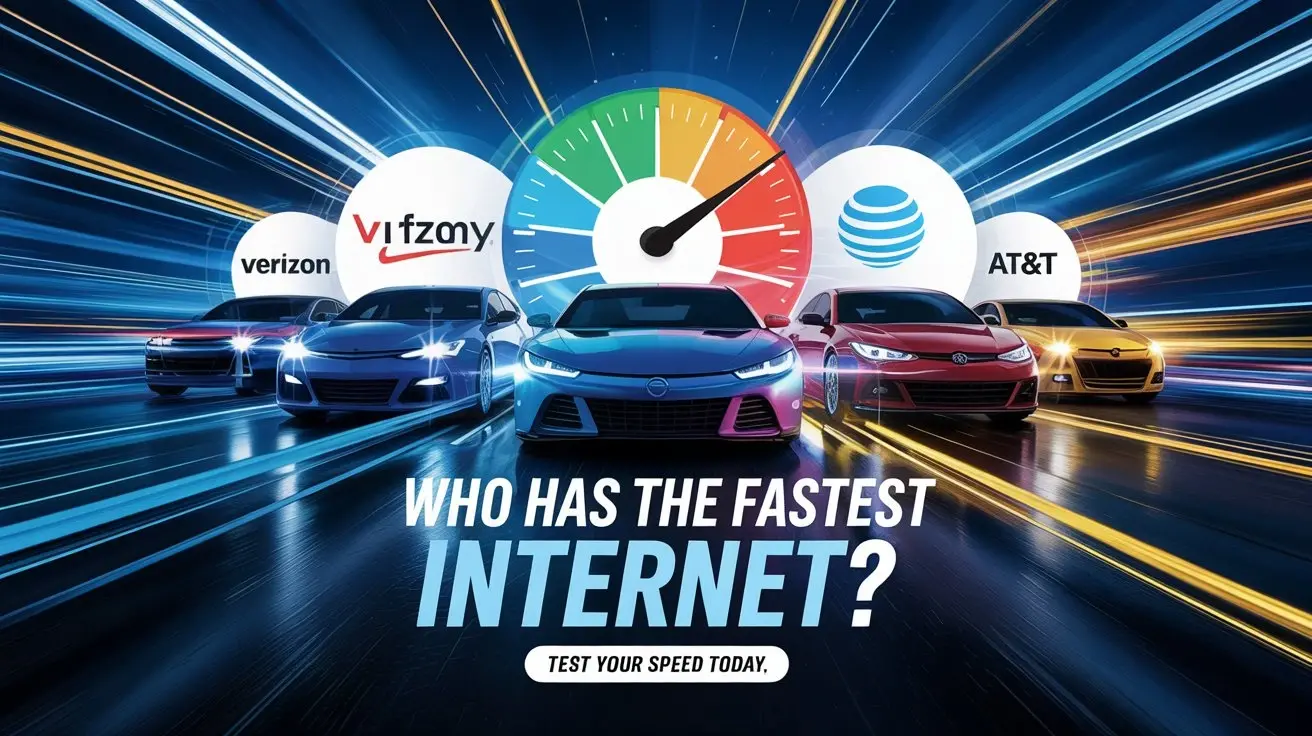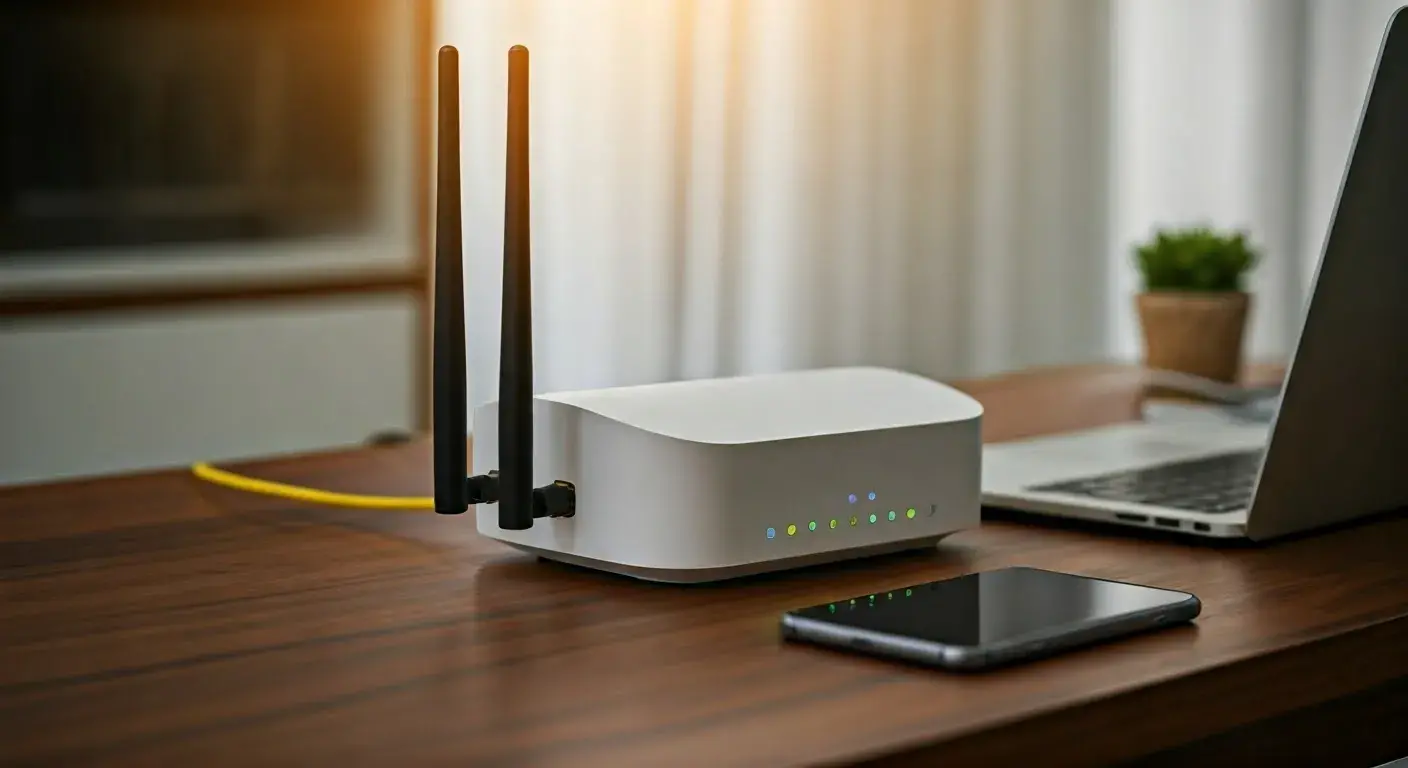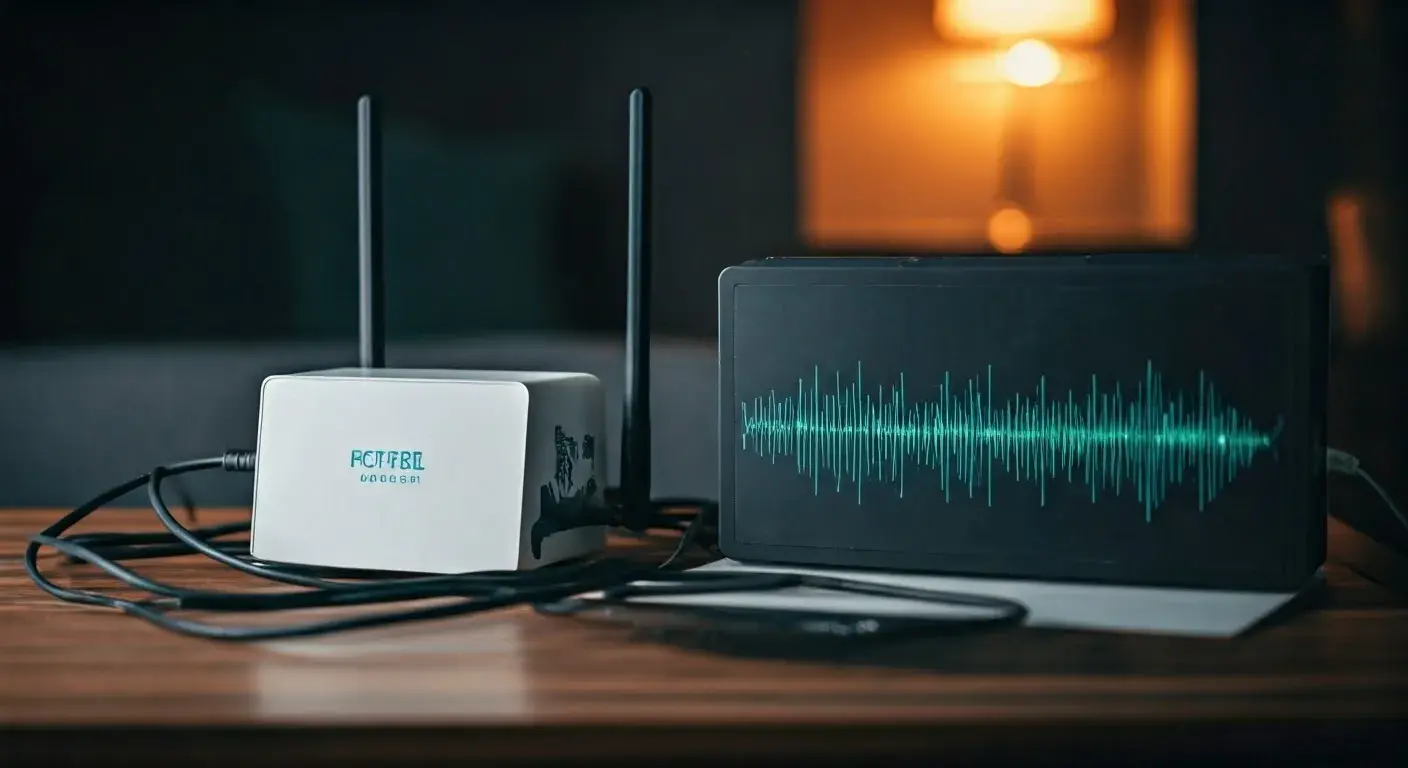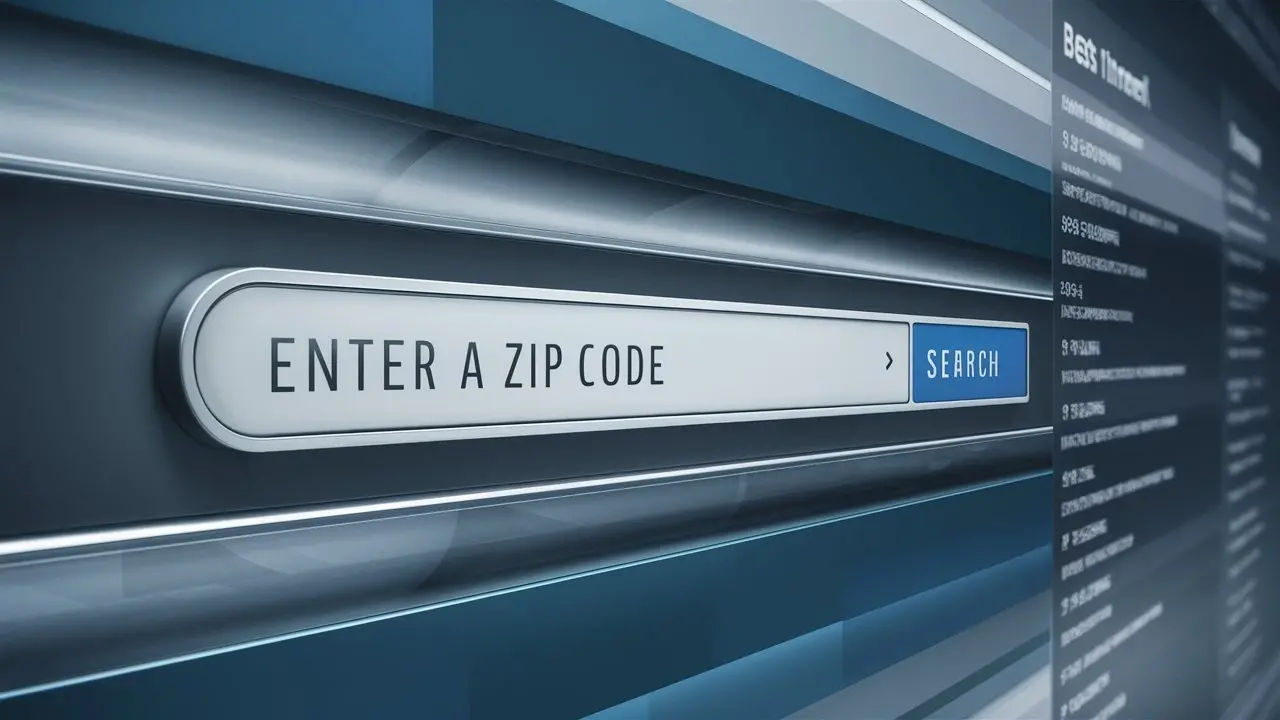How do they install fiber-optic internet to your house?
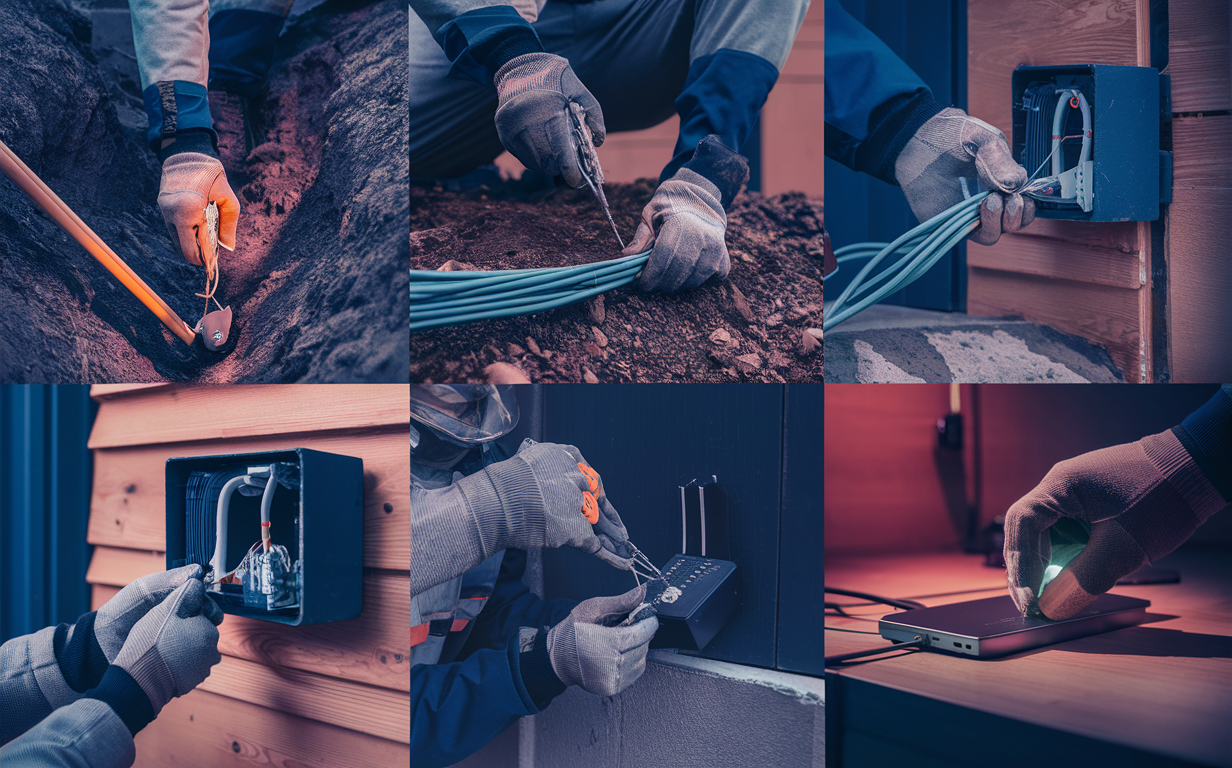
Fiber-optic Internet provides the industry’s best Internet service as far as speed and reliability are concerned in homes today. A pure fiber-optic connection refers to the connection in which the internet service provider lays a thin glass fiber cable directly to the user’s home. It may sound complex, but the steps involved are quite simple and easy to follow. Here is an overview of the typical steps to install fiber internet to your home: Here is an overview of the typical steps to install fiber internet to your home:
Pre-Installation Survey and Planning
Technicians from the fiber internet provider will first come to your home to assess the situation before any work starts. They check inside and outside to coordinate the provisions for establishing the fiber line and terminal apparatus. This is because the technician decides the route through which the fiber line will run from the street to your home, identifies where equipment needs to be placed inside the home, and checks for any access issues. This visit normally may take only an hour, but it will enable you to have a plan for the installation of the alarm in your home.
The Fiber Cable Pathway Installation
Once a plan is mapped out, the installation team comes back to your home to commence the physical installation. First, they lay down a trench along your homesite up to the road where the main fiber optic cables are located. This may entail placing fiber optic cables on the actual surface of the ground or pulling the cable through conduits mounted on telephone poles. If burying, they dig small ditches that are about a foot deep in a typical line to link your house to the street access. The work area is then put back to its natural state once the underground conduit has been concealed. Any opening made inside the building for feeding these cables is also closed and barricaded.
Running Fiberoptic Cables
With the pathway in place, workers are now prepared to install the fiber optic cables through the conduits, buried beneath the ground externally and in the walls of your home internally. These fiber cables consist of numerous thin glass fiber filaments closely packed in a single plastic sheath. The cables are extremely slim, often measuring less than 1/4 inch in diameter. Industry-grade deployments entail using at least 12-24 fiber strands that are enough and could accommodate future growth. Slimmer than ordinary wires, fiber wires are progressively pulled from the point of entry to the fully linked conduit right up to your home.
The next step is to install the Optical Network Terminal (ONT), which connects the user to the fiber network.
After the physical fiber line is run to your house, the services still require line configuration to function. An Optical Network Terminal is installed by the workers; this is usually in the form of a box, which may be wall-mounted or on a board, for instance. The ONT links the fiber optic cable to normal copper wire, which connects to the router through Ethernet or Coaxial cable. This specialized equipment is designed to translate light signals from the fibers into electrical signals for your home’s network. Another aspect of ONTs is the availability of multiple ports for connecting several devices and backup batteries as well.
As part of the home network setup
At last, the providers assist in configuring and verifying the home network. A router can be used to share the connection within the premises of your house. Wi-Fi equipment configuration, device connection, and speed checks are made. Sometimes it also involves signing in and or configuring an account on the Web. It would take one to three technicians to work for a full day to complete the installation process. Now that it is operational, you enjoy a lightning-fast and highly dependable fiber internet connection to your home for productivity, home entertainment, smart devices, and more.
Possible Risks of Fiber Internet Connection
Although the above explanation represents an ideal installation, encountering difficulties in routing fiber optic cable to a home is a possibility. Here are some common difficulties that you should be aware of: Here are some common difficulties that you should be aware of:
Distance from the long to the connective hub
However, if you’re located far from the central connectivity hubs and junction areas, it can be difficult as well as costly to extend a fiber line to your home. Providers need to consider the cost and possibility of having long-distance lines leading to only one residence while the availability of rural internet grants may allow providers to cover the costs of expansion occasionally.
Cable Lay and Terminology Across Challenging Terrains
Although it is easier to bury conduits underground than overhead cables, the type of soil that is prevalent in some areas makes buried conduits difficult. Grounds with significantly large rocks on the surface or heavily wooded/leafed areas slow down and hinder the digging process. In the same way, homes in geographically elevated areas are also challenging in terms of construction.
Permits and Access Issues
Electricians often have to run cables over territory or land that belongs to someone else than the homeowner. Whether it is town land, neighbors’ yards, or even gated communities, among others, this may limit installation plans. It takes time for providers to acquire legal permits and rights of way to lay cables in the intended corridor.
In-Home Wiring Constraints
Even though fiber cable is slim and pliable, using wires to navigate through tight boiler rooms, finished walls, or narrow crawlspaces may be challenging in some homes. Technicians may be forced to drill small holes in the walls and ceilings to feed cables or find rather strange routes for the cables.
Specialized Equipment Needs
If, for example, equipment like the ONT has insufficient backup battery power or service capacity for smart homes, additional hardware may be required. In multi-unit buildings, specific distribution boxes are employed to divide the connections within various units.
Finally, after getting all the necessary permissions and approaching the issue with planning and an inventive mind during the installation, any house can be connected to a high-speed fiber optic Internet connection. Although it is a delicate process, one acquires future-proof Internet capacity for many years ahead as a result.
Upgrade to faster, more reliable AT&T Fiber Internet today! Call us at +1 844-905-5002 and get connected with speeds that keep you ahead.

